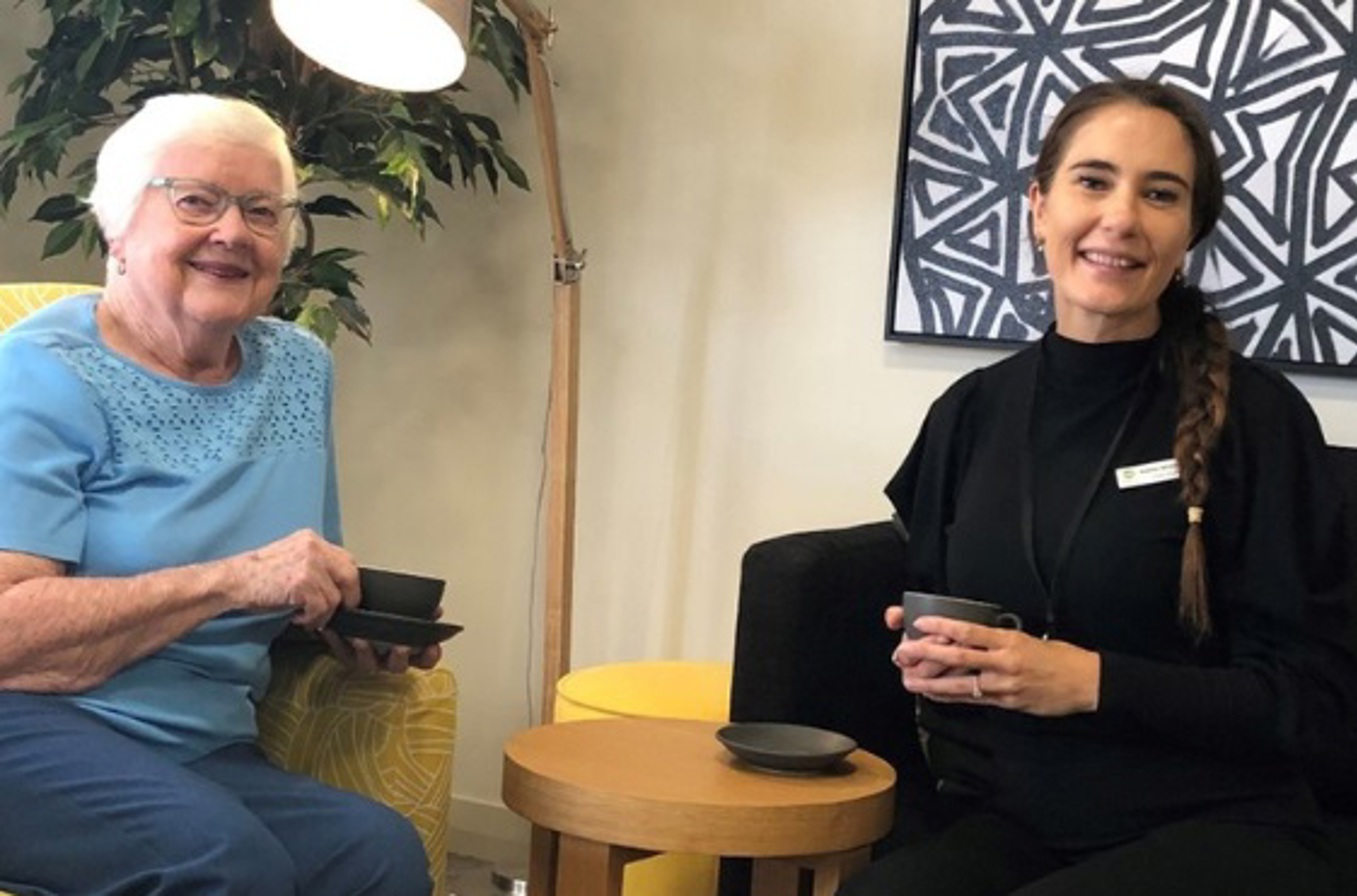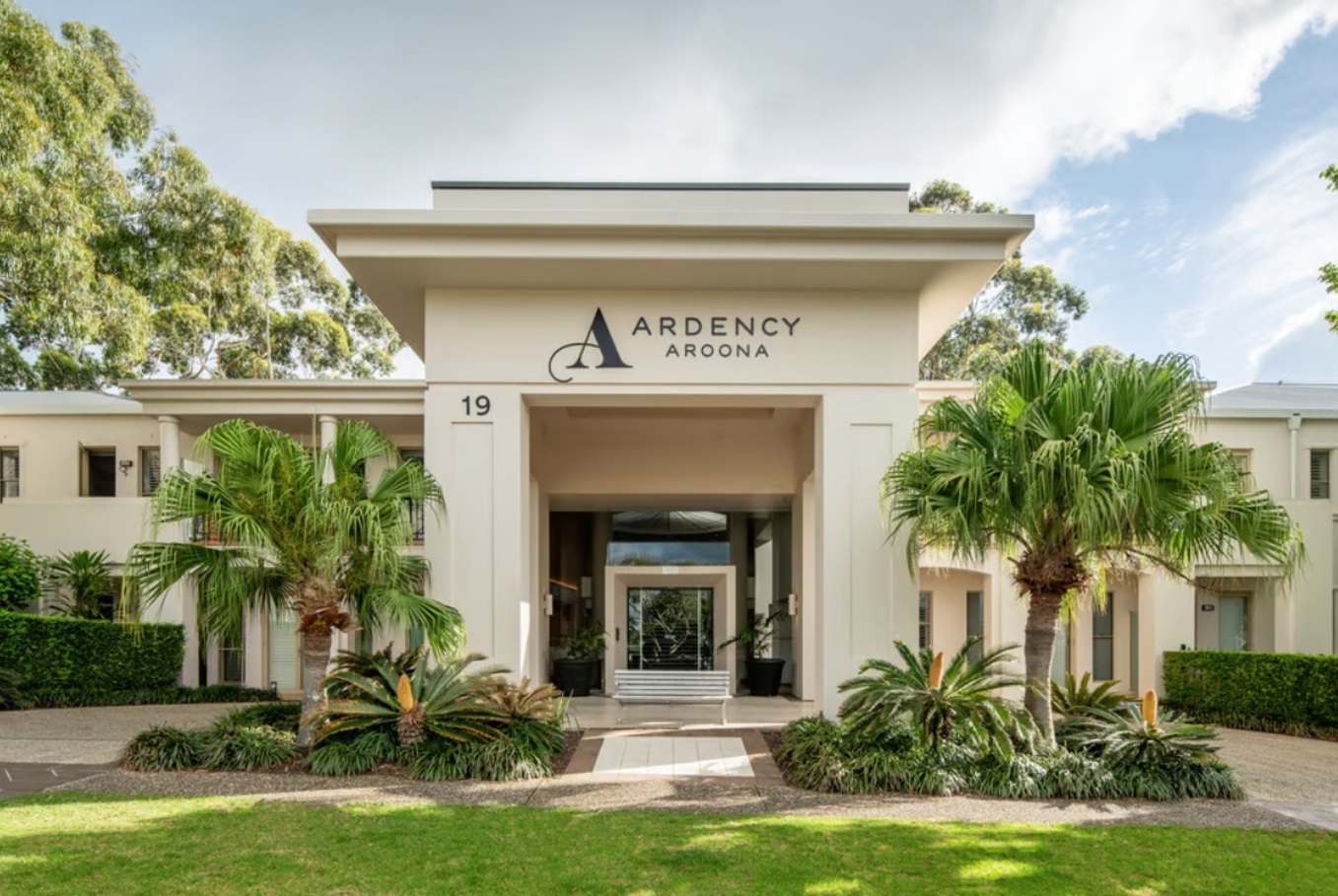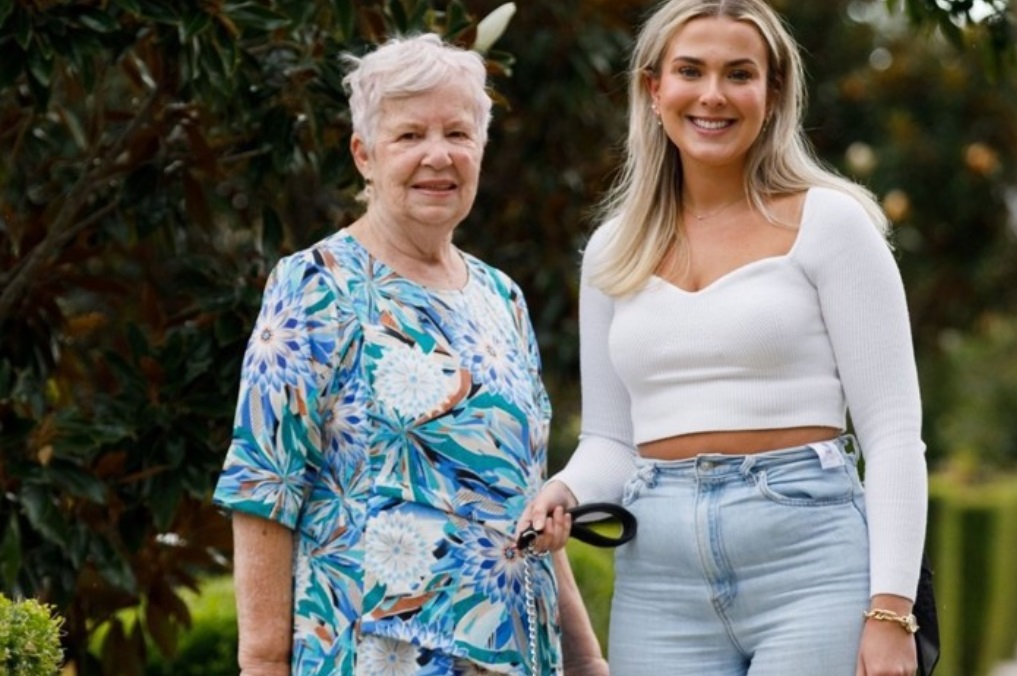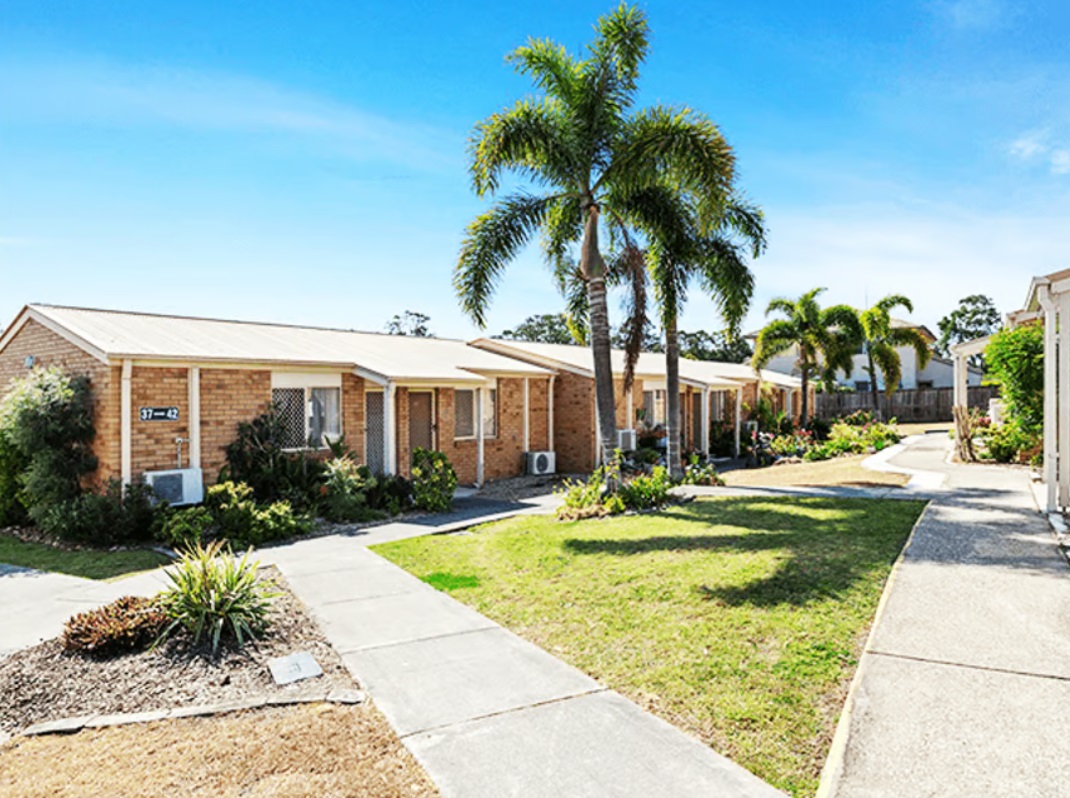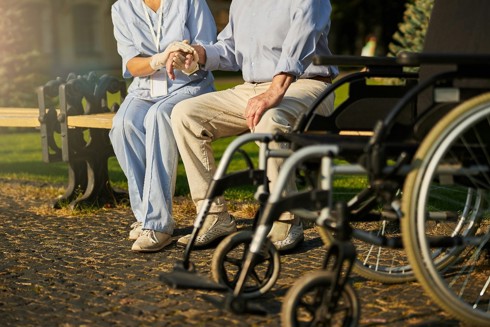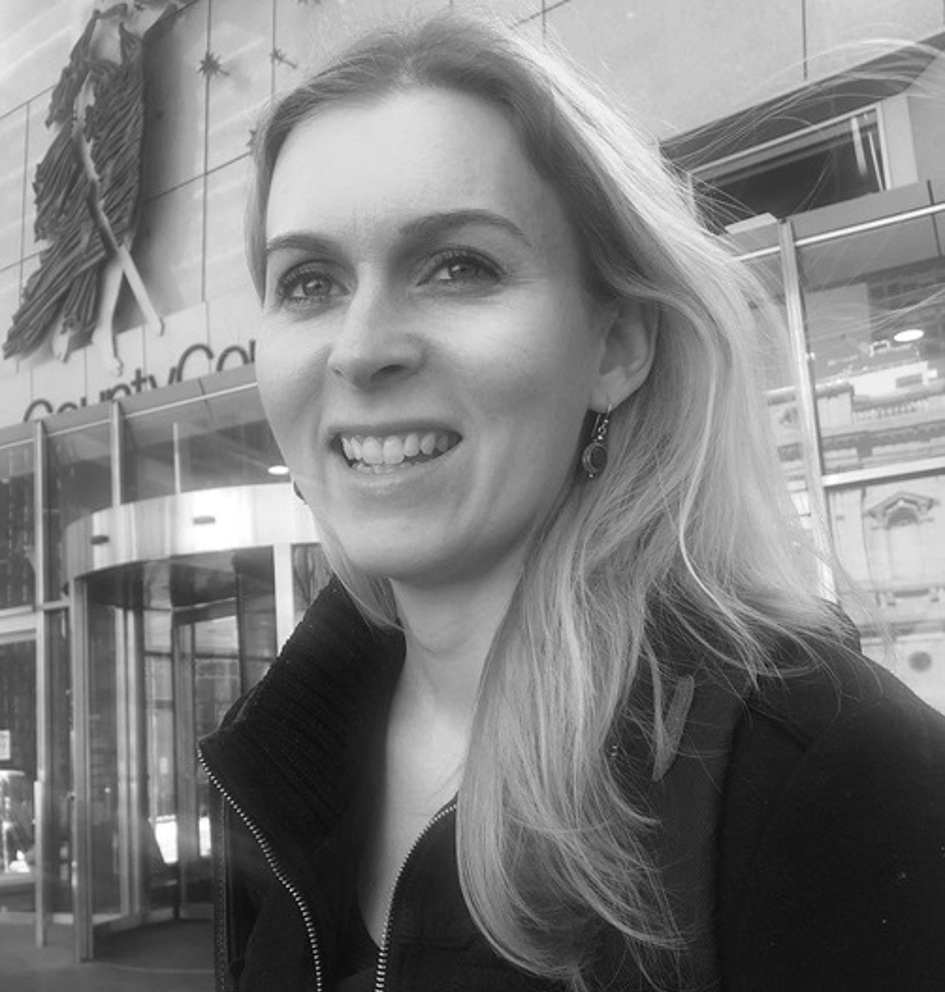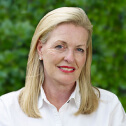Video Transcript - Fees for Aged Care
Not many people understand that aged care is no longer totally free. In fact the rules changed in 2014. Now, if you can afford it, you will have to contribute to your care with cash. The reality is that it costs well over $100 a day for a person to be in a basic aged care home (nursing home). If we have high care needs it costs more, which usually occurs as we get more frail the longer we are in the home, so the cost to the government can go up each day. How much do we have to pay? Like all things, it’s not simple so you really need to read the finance sections here on agedcare101, but here is a snapshot.
There are now four costs to aged care homes (nursing homes). The wealthier you are the more you are likely to be paying.
- First there is the basic daily fee – a flat fee which everyone has to pay. It is pegged at 85% of the pension, so around $50 a day.
- The second is the means tested care fee. The more wealth you have the more the Government feels you can contribute to your care costs. You have to do a Government income and assets test, which takes a couple of weeks to get the results, and then the Government will tell you if you have to pay a top up care fee. If you have an income of less that around $26,000 a year and assets of less than $50,000 you won’t have to pay a top up fee. The family home is counted but you need to read the finance section on this website to understand the detail.
- The third cost is for ‘accommodation’. The aged care home (nursing home) decides what this fee is going to be – what they want to charge you given their location, the size and quality of the rooms and other facilities. This cost is designed to support the operator of the home to provide both better facilities and to encourage them to build new aged care homes (nursing homes) – we need them. The Government has designed a process to charge accommodation cost. You have the choice to pay a one off up front lump sum amount. It’s a deposit on your accommodation which you get back when you leave. It’s called a ‘Refundable Accommodation Deposit” or RAD. This is usually quite a lot of money – the average across Australia is about $320,000 per person but often it goes well past $500,000 per person in the big cities. If you don’t want to pay this – or can’t – there is a formula that allows you to pay a daily payment – called a Daily Accommodation Payment, or DAP. The government has a formula to calculate this daily payment. It’s a fixed percentage of the lump sum amount called the ‘maximum permissible interest rate’. It moves around a bit but you can use 6.5%, meaning you have to pay 6.5% of the lump sum RAD each year you are in the aged care home. So 6.5% of $320,000 is $20,800 a year or $60 a day or $420 a week. You pay this but do not get anything back when you leave. So your choice is to pay the lump sum RAD up front and get it all back when you leave. Or pay a daily fee of say $60 and get none of it back when you leave. Or, you can split it – give part as a lump sum and reduce the daily fee you have to pay. What happens if you can’t afford either of these options? Well, the Government requires all operators to have a certain number of beds for pensioners with no wealth – they don’t have to pay this accommodation fee. But once these beds are taken up you have to search farther afield until you find one. Church and charity operators will also offer more beds than the minimum the Governemnt requires.
- There is a fourth fee but it is entirely your choice if you want pay them. This is for additional services, a higher level of room, facilities, food and beverages and so on. Not all aged care homes (nursing homes) offer additional services. You can see how important it is to do your homework on what you can afford before you start looking for an aged care home (nursing home). It is not straight forward. Be assured of one thing, there will be a place for you – the government is committed to that – but it may not be where you want it or as soon as you want it. Start planning now is our best advice.

